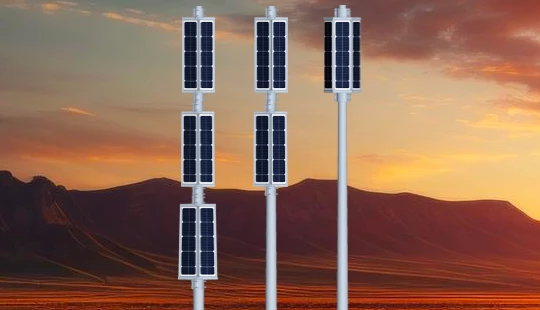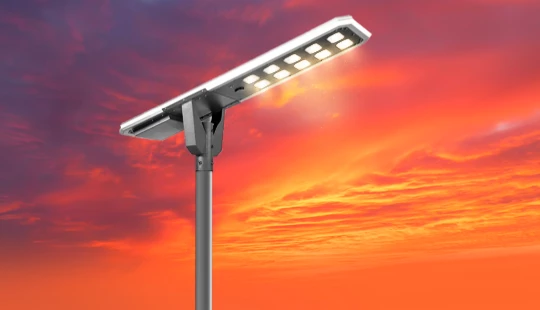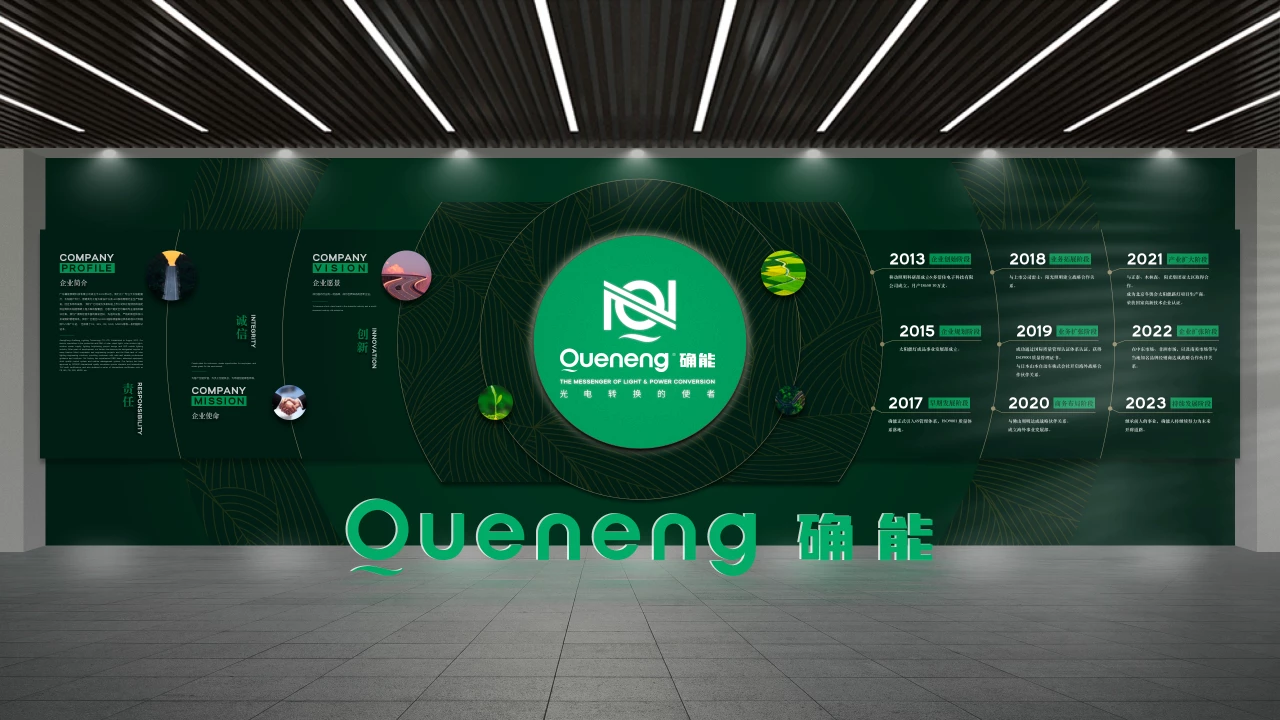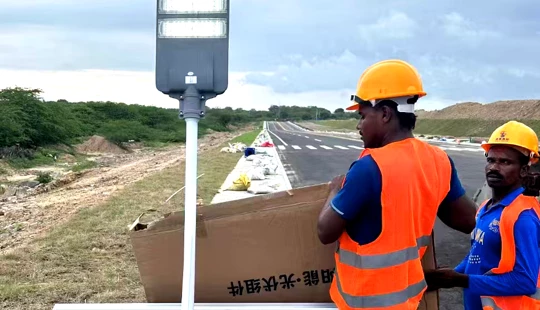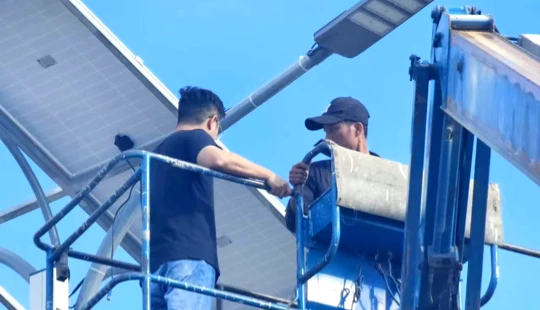how to make a solar powered street light | Queneng Guide
How to Make a Solar Powered Street Light
Creating a solar powered street light involves understanding its components, the installation process, and how to ensure it operates efficiently. Here’s a comprehensive guide tailored for professionals in the solar lighting field.
Components of a Solar Powered Street Light
- Solar Panel: Converts sunlight into electricity. The efficiency and size of the panel are crucial for optimal performance (Source: U.S. Department of Energy).
- Battery: Stores the energy produced by the solar panel. Typically, deep-cycle batteries like lithium-ion are used for their durability and capacity (Source: Solar Energy Industries Association).
- LED Light: Emits light using the energy stored in the battery. LEDs are favored for their longevity and energy efficiency (Source: LED Professional).
- Controller: Manages the flow of electricity from the solar panel to the battery and then to the LED light, preventing overcharging and ensuring proper functioning (Source: IEEE).
- Pole and Mounting Hardware: Supports the solar panel and LED light. The design and material of the pole affect the system's stability and aesthetic appeal (Source: American Public Works Association).
Installation Process
- Site Selection: Choose a location with ample sunlight exposure throughout the day, avoiding shadows from trees or buildings (Source: National Renewable Energy Laboratory).
- Mounting the Solar Panel: Securely attach the solar panel to the pole at an angle that maximizes sun exposure, typically facing south in the Northern Hemisphere (Source: Solar Energy Industries Association).
- Connecting Components: Wire the solar panel to the controller, the controller to the battery, and the battery to the LED light, ensuring all connections are secure and insulated (Source: IEEE).
- Installation of the LED Light: Position the LED light on the pole to achieve the desired lighting coverage. Consider using adjustable fixtures for optimal light distribution (Source: American Public Works Association).
- System Testing: After installation, test the system to ensure the solar panel charges the battery during the day and the LED light illuminates at night (Source: National Renewable Energy Laboratory).
Ensuring Efficiency and Longevity
- Regular Maintenance: Clean the solar panel regularly to remove dust and debris that can reduce efficiency. Inspect all connections and components for wear and tear (Source: U.S. Department of Energy).
- Battery Management: Monitor the battery's state of charge and replace it when its capacity falls below 80% of its original capacity (Source: Solar Energy Industries Association).
- Optimal Angle and Orientation: Adjust the angle of the solar panel seasonally to maximize sunlight capture, especially in regions with significant seasonal changes (Source: National Renewable Energy Laboratory).
- Use of High-Quality Components: Invest in durable, high-efficiency components to reduce long-term maintenance costs and ensure reliable performance (Source: LED Professional).
Addressing Common Pain Points
- Intermittent Power Supply: Ensure the battery capacity is sufficient to cover periods of low sunlight, such as during cloudy days or winter months (Source: Solar Energy Industries Association).
- Vandalism and Theft: Use tamper-proof hardware and consider installing the system in well-monitored areas to deter vandalism (Source: American Public Works Association).
- Cost Concerns: While the initial investment can be high, solar street lights offer long-term savings on energy and maintenance costs, making them a cost-effective solution over time (Source: U.S. Department of Energy).
By understanding these key aspects, professionals in the solar lighting industry can effectively design, install, and maintain solar powered street lights, ensuring they provide sustainable and efficient lighting solutions.

Have more questions about our products or services?
The latest hot news you might like

Discover how solar panels power street lights, exploring the technology behind solar energy conversion, storage systems, and how solar-powered street lights are revolutionizing urban and rural lighting solutions.

Learn how AC Solar Hybrid Street Lights work, their advantages, disadvantages, system behavior in low-sunlight conditions, and why hybrid technology is ideal for regions with unstable sunlight.

Municipalities around the world are increasingly adopting solar-powered streetlights as part of their urban development strategies. Rising energy costs, the need for sustainable infrastructure, and government green initiatives are driving cities to switch from traditional street lighting to advanced LED solar streetlights.
Queneng Lighting provides municipalities with cost-effective, energy-efficient, and durable solar lighting solutions, ensuring safe and sustainable public spaces.
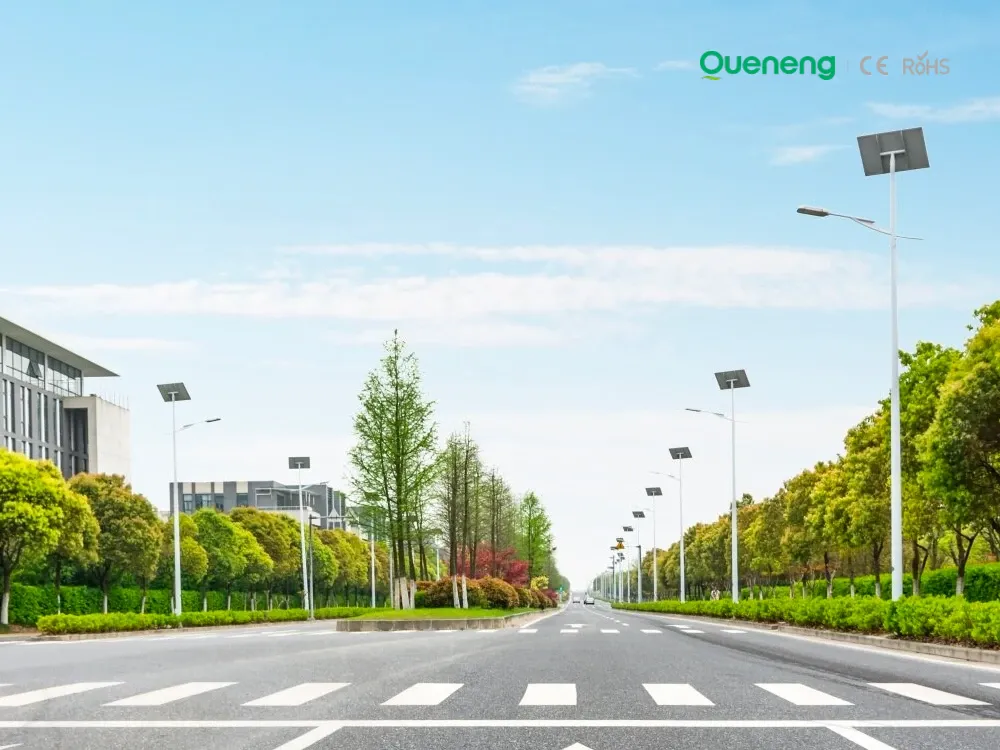
In recent years, the purchase of solar streetlights for municipalities has become a growing trend across the globe. Local governments are under pressure to reduce public expenditure, promote green energy, and create safer communities. Solar streetlights provide a reliable, cost-effective, and sustainable solution that meets these needs. Queneng Lighting, as a leading solar street lighting manufacturer, has supported multiple municipal projects worldwide with customized and energy-efficient solutions.
FAQ
Battery and Analysis
What is a portable battery?
The portable battery family includes primary batteries and rechargeable batteries (secondary batteries). Button batteries belong to a special group of them
What are the characteristics of rechargeable portable batteries?
There are rechargeable portable batteries in different electrochemical types, such as lead-acid type (2V/unit), nickel-cadmium type (1.2V/unit), nickel-hydrogen type (1.2V/unit), lithium-ion battery (3.6V/unit) ), the typical characteristic of these types of batteries is that they have a relatively constant discharge voltage (there is a voltage platform during discharge), and the voltage decays quickly at the beginning and end of discharge.
APMS system
How does the dual-system management mode in the APMS system work?
The APMS system uses intelligent algorithms to automatically charge during the day and discharge at night. The dual-system management mode monitors battery status in real-time and adjusts the charge/discharge mode to ensure optimal efficiency under any condition.
Battery Types and Applications
Why do fuel cells have great development potential?
1) High efficiency. Because the chemical energy of the fuel is directly converted into electrical energy without thermal energy conversion in the middle, the conversion efficiency is not limited by the thermodynamic Carnot cycle; because there is no conversion of mechanical energy, mechanical transmission losses can be avoided, and the conversion efficiency does not depend on the size of the power generation. And change, so the fuel cell has higher conversion efficiency;
2) Low noise and low pollution. In the process of converting chemical energy into electrical energy, the fuel cell has no mechanical moving parts, but the control system has some small moving parts, so it is low-noise. In addition, fuel cells are low-pollution energy sources. Taking phosphoric acid fuel cells as an example, the sulfur oxides and nitrogen compounds they emit are two orders of magnitude lower than the U.S. regulations;
3) Strong adaptability. Fuel cells can use various hydrogen-containing fuels, such as methane, methanol, ethanol, biogas, petroleum gas, natural gas and synthetic gas, etc. The oxidant is inexhaustible air. Fuel cells can be made into standard components with a certain power (such as 40 kilowatts), assembled into different powers and types according to the user's needs, and installed in the most convenient place for the user. If necessary, it can also be installed into a large power station and used in connection with the conventional power supply system, which will help regulate the power load;
4) Short construction period and easy maintenance. After the industrial production of fuel cells is established, various standard components of power generation devices can be continuously produced in factories. It is easy to transport and can be assembled on-site at the power station. Some people estimate that the maintenance required for a 40-kilowatt phosphoric acid fuel cell is only 25% of that of a diesel generator of the same power.
Because fuel cells have so many advantages, both the United States and Japan attach great importance to its development.
Tourist Attractions and Resorts
How do I choose the right solar lighting solution for my resort or tourist attraction?
When choosing solar lighting, consider factors such as the size of the area to be illuminated, the level of brightness required, the design and aesthetic preferences, and the local climate. Our experts can help you select the best solar lighting solution for your needs.
Municipal and Public Infrastructure
Can the lights be customized for specific municipal projects?
Yes, we offer tailored solutions to meet the unique requirements of different projects, including variations in design, brightness, height, and operation modes.


Queneng's Luzhou Solar Street Light provides sustainable, energy-efficient outdoor LED lighting. Powered by solar energy, it's a cost-effective and eco-friendly solution for illuminating streets and pathways. A reliable and durable LED solar street light.

Introducing the Luqing Solar Street Light by Queneng, Efficient LED lighting powered by solar energy is perfect for illuminating outdoor areas. Harness the power of solar energy for sustainable, reliable street lighting. Ideal for eco-friendly, cost-effective outdoor illumination solutions.

The Solar Street Light offers an energy-efficient, eco-friendly solution for illuminating outdoor spaces.

Queneng’s Solar Street Lights are designed to provide reliable, energy-efficient lighting for streets, parks, and other outdoor spaces.

Queneng's Luxian Reliable Solar Street Light offers energy-saving LED lighting for outdoor use. This durable, solar-powered street light provides reliable illumination, reducing energy costs and environmental impact. A perfect solution for sustainable outdoor lighting.
If you would like more information about Queneng solar lighting solutions, please send us a message by filling out the form below. Our professional team will get back to you within 24 hours!
Rest assured that your privacy is important to us, and all information provided will be handled with the utmost confidentiality.
Schedule a Meeting

Book a date and time that is convenient for you and conduct the session in advance.
Have more questions about our products or services?

